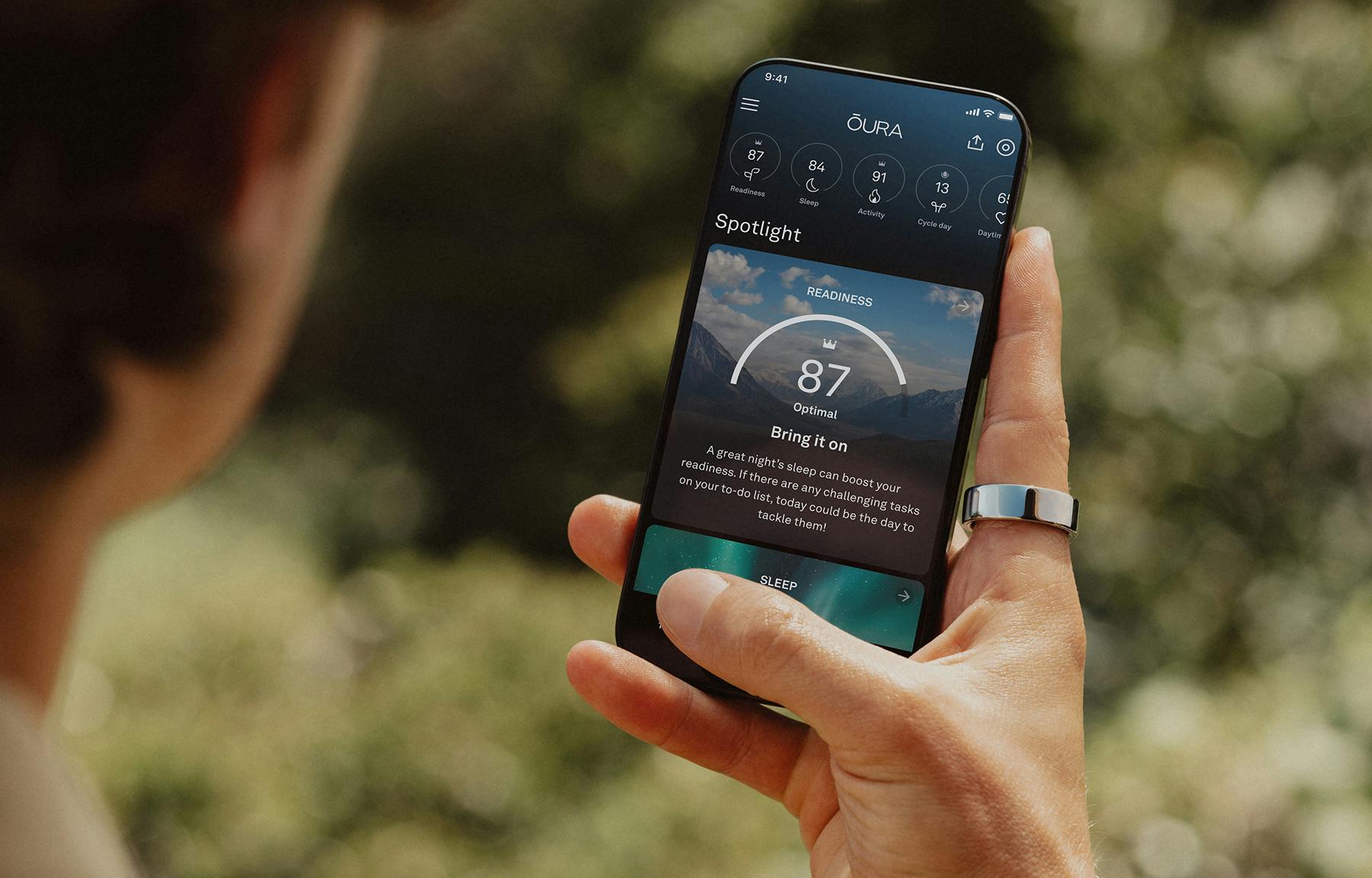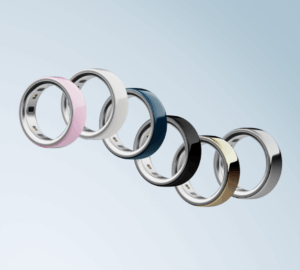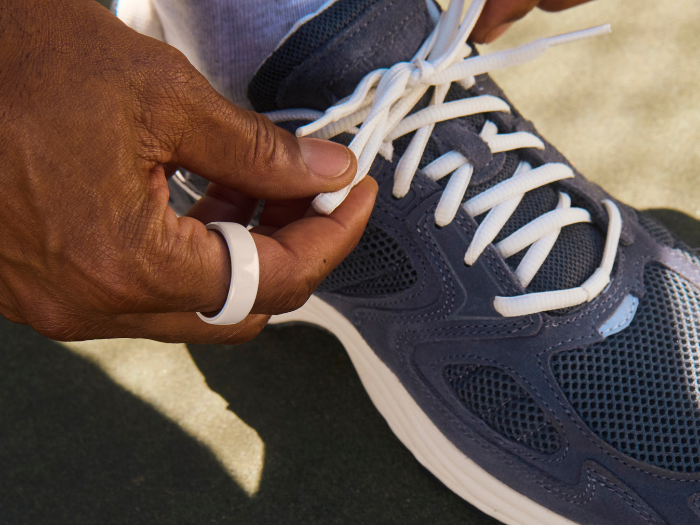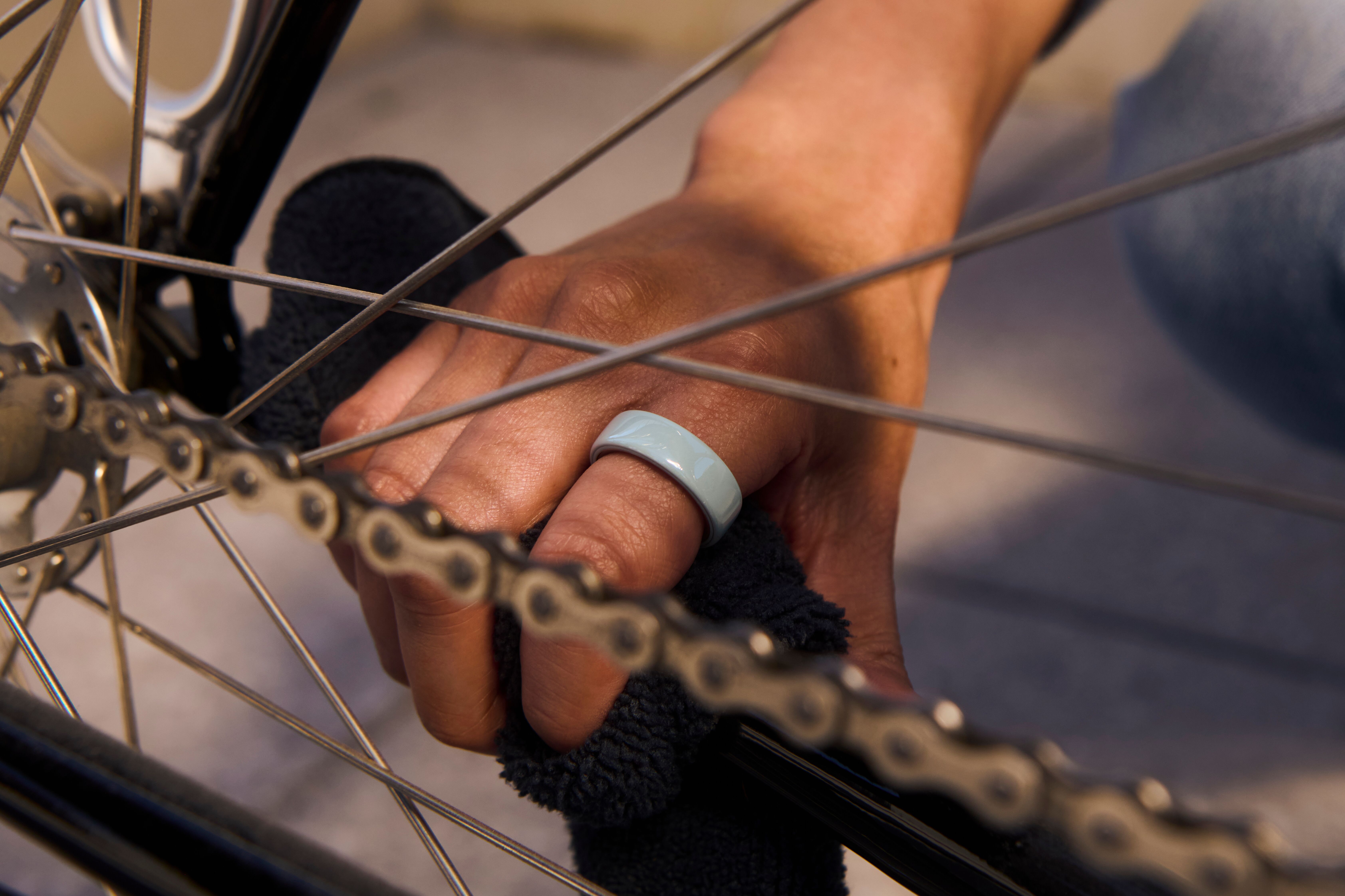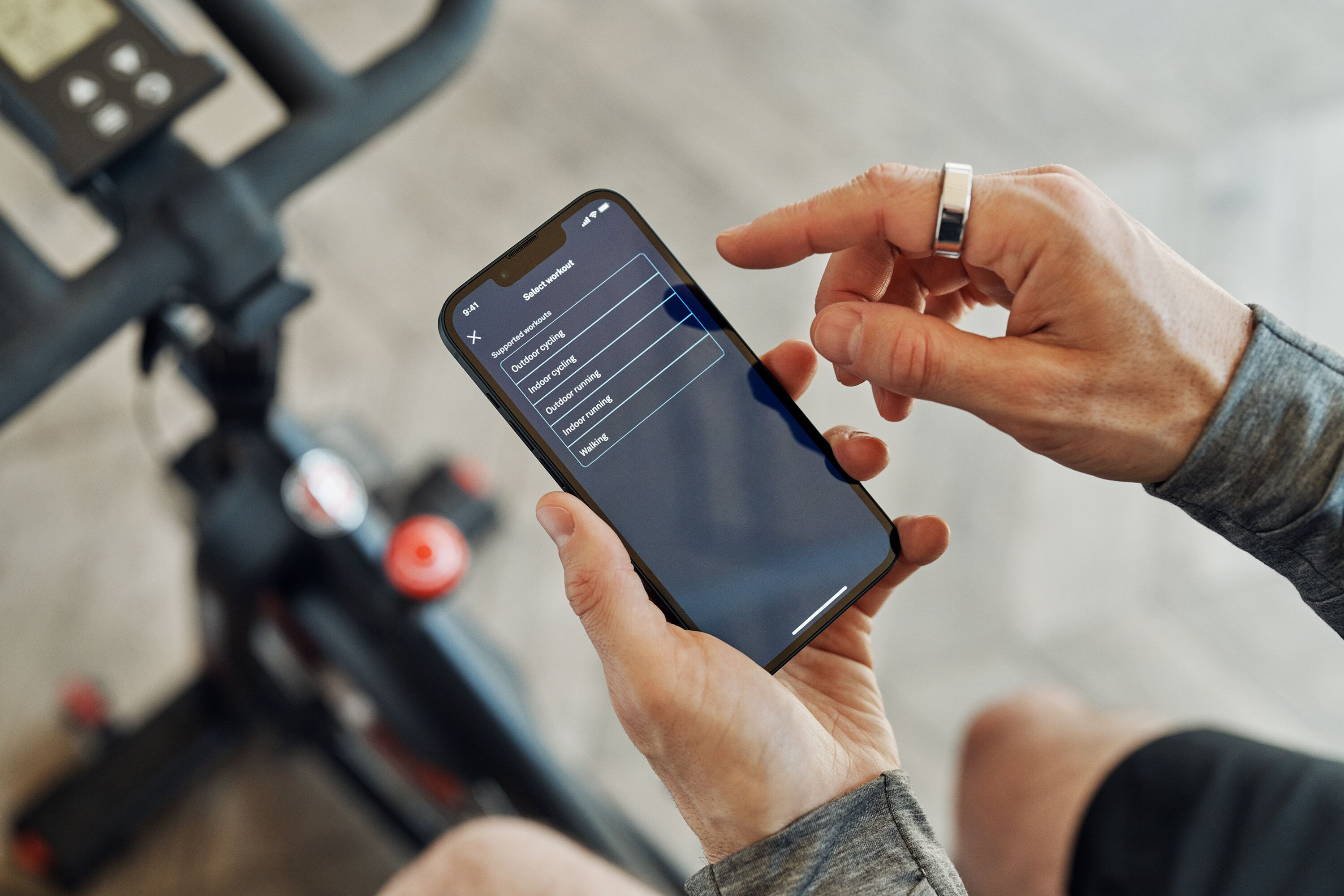From walking to weightlifting, Oura first-party data shows how men around the world are staying active—and how their habits have shifted in the last year.
In a recent internal analysis, Oura’s data science team analyzed de-identified data from male Oura Members, revealing key trends and insights into their top fitness activities and trends.*
Below, view the key findings, including some consistent favorites and surprising surges in activity types.
Walking Still Leads the Way
Everyday movement counts—and male Oura Members are leaning in. Walking is the most popular activity among male Oura Members, with nearly 550,000 men logging a walk in August 2025, up 82% from about 300,000 in 2024.
Though its overall share of total workouts dipped slightly, walking continues to dominate as the cornerstone of daily movement for men of all ages.
The Strength Surge: More Men Lifting
Strength training has seen a dramatic rise among male Oura Members worldwide. From August 2024 to August 2025, the number of men tagging “strength training” workouts more than doubled—making it the second most popular logged workout among men, following walking.
And for good reason: Research shows that strength training doesn’t only build muscle—it also improves metabolic health, supports glucose control, strengthens bones, boosts cardiovascular function, and contributes to longevity and resilience.
Importantly, the trend isn’t limited to younger members. Growth is consistent across every decade of life, showing that men of all ages are recognizing the long-term value of lifting. Whether it’s about performance, prevention, or maintaining independence with age, strength training is becoming a non-negotiable part of men’s health routines.
READ MORE: Why Strength Training Is a Game-Changer for Metabolic Health (And How to Get Started)
Golf Swings Into the Spotlight
More men are hitting the links, with the number of male members tagging golf workouts increasing nearly three times in just one year—from 19,500 in August 2024 to 58,000 in August. Golf’s share of total workouts also rose by 0.7%, signaling its growing footprint in men’s activity routines.
Golf’s popularity is especially strong among men over 30, where its accessibility, social connections, and low-impact nature make it a compelling option.
This trend aligns with a broader societal shift: Golf participation has been climbing globally in recent years, with younger players and recreational athletes taking to the sport thanks to new, more inclusive formats like driving ranges, simulator golf, and short courses.
Everyday Movement Counts: Housework and Yardwork
At Oura, we believe all movement counts, so whether you’re cleaning up after your children or mowing the lawn, Oura is tracking it.
While you may not always have three hours spare for a round of golf, you can still get in decent activity through your everyday tasks, logged as “housework” or “yardwork.” From August to 2024 to August 2025:
- Housework saw a 204.50% increase.
- Yardwork nearly doubled +99.30%.
These surges highlight a shift toward a more holistic view of activity, considering that everyday, non-fitness activities still meaningfully contribute to daily health.
RELATED: From Walks to Weight Lifting: What Are the Top Workouts for Female Oura Members?
Running and Cycling Plateau
Running and cycling remain strong contenders, with over 175,000 and 180,000 users respectively in August 2025. However, both activities saw their overall share decline compared to 2024—running dropped by 2.5% and cycling by 3%. This suggests that while these endurance staples are still widely practiced, men are increasingly diversifying their routines with other forms of movement, from strength training to golf.
This trend mirrors broader fitness shifts. During the pandemic, running and cycling surged as accessible, socially distanced ways to stay active. In the years since, participation has stabilized, with many athletes branching into new modalities that emphasize strength, recovery, and social connection.
| Member Tip: Stay up-to-date with your friends‘ activity by joining an Oura Circle. Within a circle, you’ll be able to see each other’s high-level data (Readiness, Sleep, and Activity Scores) from the past two weeks. |
Men’s Fitness Trends by Age
When breaking down activity by age, the data reveals specific trends for each group based on the activities with the most significant positive change in their share of total workouts:
- Ages 18–29: The top movers were housework (+0.19%), golf (+0.11%), and yardwork (+0.03%).
- Ages 30–39: Housework logged the strongest growth (+0.56%), followed by golf (+0.16%) and cardiovascular exercise (+0.05%).
- Ages 40–49: Housework again showed the biggest increase in share (+0.49%), followed by golf (+0.13%) and cardiovascular exercise (+0.05%).
- Ages 50–59: The top activities by share growth were housework (+0.43%), golf (+0.15%), and cardiovascular exercise (+0.04%). Notably, stretching also showed a significant increase in its share, with a delta of +0.04% to reach a share of 0.13% in 2025, and yoga also made the top 10 list for this age group
- Ages 60–69: This group showed broad diversity with significant share growth in housework (+0.25%), golf (+0.11%), and core exercise (+0.03%). Strength training, hiking, swimming, yoga, pickleball, and HIIT also made the top 10 list.
From younger men embracing golf and yardwork to older men leaning into stretching, yoga, and steady strength training, Oura data shows that mobility and functional health are becoming priorities across all life stages.
Track All Your Moves With Oura
Oura’s insights are designed to empower you to understand your body and optimize your well-being, whether you’re lifting heavy or taking a leisurely stroll.
Here are a few ways Oura accurately tracks your activity levels and helps ensure you’re balancing workouts and rest effectively.
Identify Workouts Automatically With AAD
Oura’s Automatic Activity Detection (AAD) automatically detects over 40 different activities, including strength training, walking, and even housework, using a 3D accelerometer to track your movement and heart rate data to determine intensity and calorie burn. After your activity, check your Oura App to confirm or edit the detected workout. This helps Oura’s algorithms learn your unique movement patterns, making future detections even more accurate
Pay Attention to Your Readiness Score
Oura’s Readiness Score serves as your ultimate fitness guide. After a challenging strength session or cardio class, your Readiness Score will reflect how well your body has recovered the next day. A lower Readiness Score might suggest prioritizing rest or opting for a lighter activity. A higher score means you’re ready to take on more.
Personalize Your Activity Goals
Customize your daily activity goal in the Oura App. You can choose to focus on steps or active calories. Your personalized activity goal adjusts based on your Readiness Score, which helps you balance your movement and recovery effectively.
Integrate with Other Apps
If you use other fitness apps like Strava, connect them with Oura. This allows Oura to pull in detailed workout data, giving you a more holistic view of your fitness and how it impacts your overall health and recovery within the Oura ecosystem.
Review Your Activity Trends
Check out your Activity trends in the Oura App to see how consistent you’ve been with your movement over the past week, month, or even year. Understanding these long-term patterns can help you make informed decisions about your fitness journey.
*Data is based on de-identified and aggregate data comparing member counts for these workouts in August 2024 and August 2025. Note that the member base also grew at the same time.





